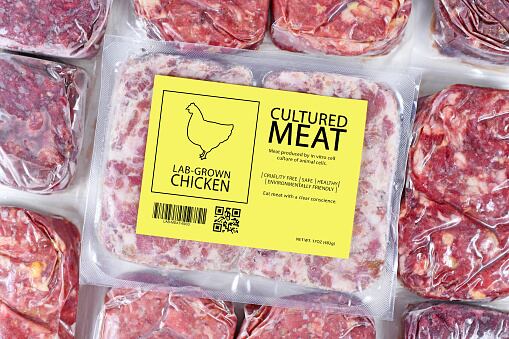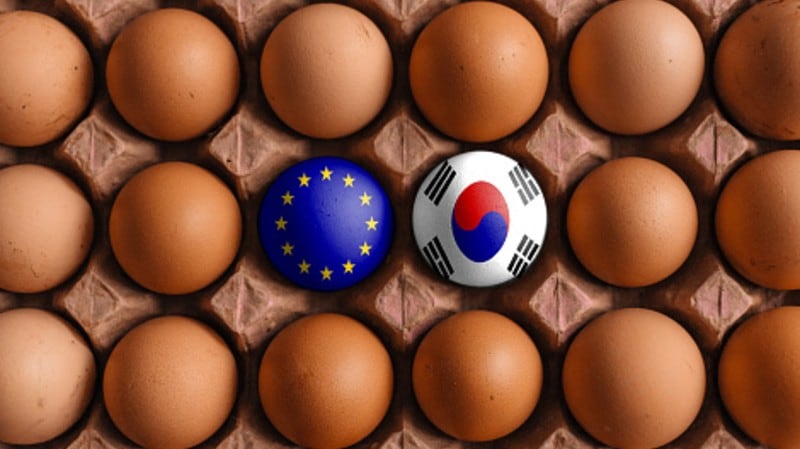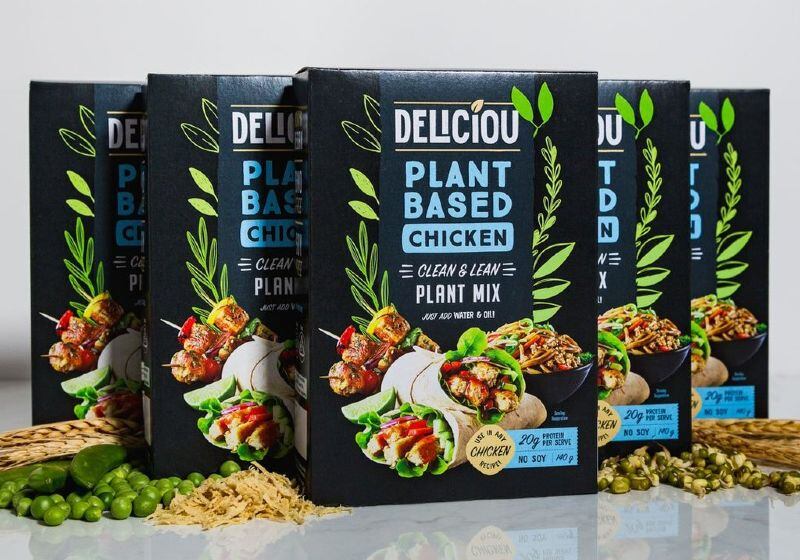The cultivated products sector is young in China, but the swiftly growing interest and number of firms getting involved is likely to speed up the policy process once understanding is complete, according to the working group heading the charge in China.
“Since 2019, there have been more and more firms getting interested in the cellular agriculture and cultivated products scene in China, so much so that there are even some local startups in the country now,” Ryan Xue, Deputy Secretary General of the Advisory Committee on Nutrition Guidance (ACNG) of the China National Food Industry Association and one of the leaders of the International New Protein Working Group told FoodNavigator-Asia.
“It always used to be places such as the EU with a headstart in this space, but now we have lots of local firms with local R&D which I believe ill speed up any regulatory approvals we seek with regard whether it is nomenclature or other regulatory issues.
“For example, we have got CellX, China’s first cultivated pork start-up, which is new and looking to launch end of the year - and by looking at quality of staff, R&D and other aspects, I would say the firm is shaping up to be a top leader in Asia in this area.
“This is in addition to the entry of Syngenta and other major players interested in the space, and with more and more of these getting involved, I definitely see things speeding up in the next 12 months.”
This view was seconded by Lever VC Managing Partner and member of the working group Nick Cooney, who added that although the timeline for a new policy is not yet confirmed, China is likely to be one of the ‘earlier crowd’ to have such governance.
“It could be as soon as a year or a few more years, but what needs to be remembered is that there are some local companies expecting to put cultivated products out there to market within 18 months – and this will add some fuel to the process as there is actual market need,” Cooney told us.
“Everything will depend a lot on how quick things promulgate in other countries too – e.g. if the US passes its regulations soon, then this would also prompt China to move things along. At this stage, what can be seen is that the policies the workgroup is leaning towards are considerably industry and technologically friendly.
“I am optimistic about this because China is looking to other countries such as the US and Singapore as models, which have or are looking to pass cultivated product policies that are quite industry/technologically-friendly, and there has also been a lot of positive chatter in the National People's Congress (NPC) about wanting to be a leader in the sector and how it is important for food safety and security.
“Importantly, China also published its standards on plant-based meat products last year which was definitely industry-friendly, explicitly allowing labels regarding on meat and meat products to be used by the plant-based sector.”
China published these standards for plant-based production and marketing in the country late last year, and what was noticeably obvious was the presence of terms such as ‘plant-based meat’, ‘plant-origin burgers’, ‘plant-protein steak’ and other such terms in the list, terms which have been heatedly debated by traditional meat and dairy industries in the west.
“Things are different in China – meat lobbyists aren’t going to leap up and protest the terms, this challenge does not exist here,” Avant Meats Co-Founder and CEO Carrie Chan, who is also part of the working group, told us.
“In this sense the policies will move swifter in China – what is happening now is more that the government is gathering information to understand the technology, and once everything is made clear and they understand more about the processes and the risks, then the regulations can be established swiftly.
“My opinion is that the building of this knowledge base is important so that when the regulations are launched, they make sense for the public, the industry and the technology so that while public health and safety is still prioritised, it doesn’t make things too challenging such that industry growth is not feasible.”
As it is, on the subject of nomenclature, the workgroup is looking to do away with the current generally-used term for both plant-based and cultivated meat called ‘man-made meat’ (人造肉) and is looking for more industry-affiliated terms.
“’Man-made-meat’ was actually coined by the finance sector, not by the food sector, but it isn’t what we want to convey,” said Xue.
“There are several different versions of this we are looking at, mostly to do with the cell: ‘cellular meat’ (细胞肉), ‘cell-grown meat’ (细胞培养肉), ‘cell-nurtured meat’(细胞培育肉), ‘factory meat’ (工厂肉) and so on – but we have to consider whether a term like ‘cellular meat’ will scare consumers away, so right now we are seeking meat industry and consumer feedback on this.”
China’s attitude to GM technology
That said, China has had a long history of being averse to genetic modification (GM) technology, with regulations being very clear that GM products are not allowed for human consumption at this stage. Discussions are ongoing on this front in the workgroup.
“I believe that cultivated meat policies will be similar to the broader policies where GM products are not allowed – what this means is that firms working on cultivated meat in China will need to choose a non-GM route at this point,” said Cooney.
Chan opined that the definition of GM is still very broad and extensive review is still needed before any decisions are made – in other words, that ‘not that it will never be allowed, but there is no precedence yet so it’s still a grey area’.
That said, US-China Agriculture and Food Partnership (AFP) and working group head Jennifer Lee drew a much rosier picture of GM technology in China for FoodNavigator-Asia.
“China is approaching GM with more openness than ever expected, almost a 180° change from before – not in every sector and not when it comes to biosafety, of course, but there’s definitely been a major shift,” she told us.
“The difference now is that GM was at its peak 20 years ago when very few people had access to it as the price point was so high. The financial market was different too, where financing from investors used to be hard to find for smaller firms that were not in technology or communications.
“But things are different now, so the barriers to entry are far lower than back then and we can even have start-ups looking at this area. Firms such as CellX and Syngenta have really changed the landscape in this way because now China can be a leader in shaping innovation, which the government is keen on so there has been a lot of modernisation in this space.”
Challenges and future
Public support will still be crucial even when any regulations are passed, and to this end Chan highlighted that several major misunderstandings in particular still exist which need to be clarified to both the government and public for real progress to be achieved.
“The first common misunderstanding is that cultivated products automatically must involve GM, which is not true, and approving cultivated products does not necessarily mean GM products,” she said.
“Some people also ask whether cultivated products is about cloning, which it also is not as it does not involve creating any sentient being, just tissue engineering; and yet others are concerned about what goes into the production process such as chemicals.
“What people need to understand is that for cultivated protein to work, all the items and nutrients used, whether it be glucose, amino acids, vitamins and so on, are of higher quality than the items we would normally eat. These need to be of high purity and in a controlled environment as anything less could infect the whole process in the bioreactor.
“So once everyone has had the exposure to this, in time I believe people will come to accept this as a clean, safe solution to protein and meat issues.”
In the meantime though, Xue said that the most likely regulatory pathway for cultivated products would likely still be as novel ingredients, where existing pathways for this take a standard six to 12 months for approval.
“It would be easier at this stage to go down the existing regulatory pathway of novel ingredients, and things would be even smoother if every company came together to standardise their procedures,” he said.
“Regardless, China has come a long way from just two years back when any mention of cultivated meat to the food or financial sectors was considered more as science fiction than anything else.”





